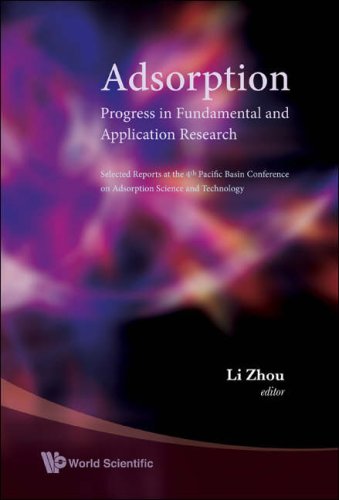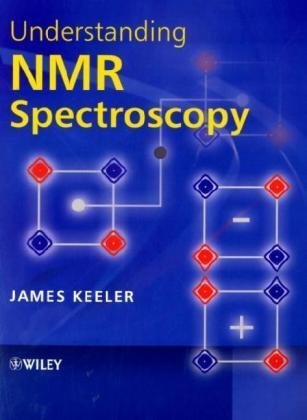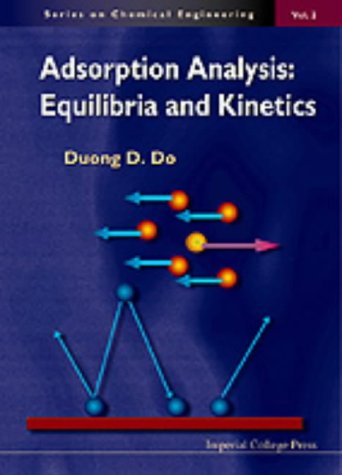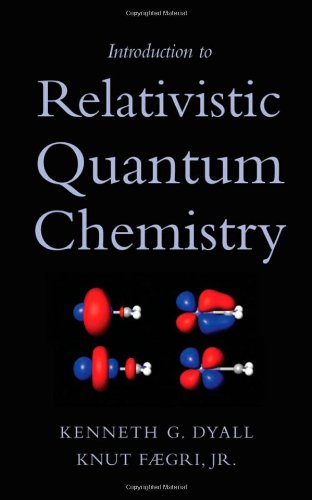Li Zhou9812770259, 9789812770257
Table of contents :
CONTENTS……Page 8
Foreword……Page 6
Part A: General……Page 12
1. Zeolite Membranes……Page 14
1. Introduction……Page 40
Permeance and Selectivity……Page 15
Permselective Separations……Page 16
Modeling of Permeation in Binary Systems……Page 19
Commercialization……Page 21
Olefin/Paraffin Separations……Page 22
Air Separation on Carbon Molecular Sieves……Page 23
N2/CH4 Separation over ETS-4……Page 25
Catalytic Effectiveness Factors……Page 28
MTO Reaction……Page 29
4. Fundamental Studies of Diffusion in Zeolites……Page 32
Notation……Page 35
References……Page 36
New nanoporous adsorbents A. Kondo, Y. Tao, H. Noguchi, S. Utsumi, L. Song, T. Ohba, H. Tanaka, Y.Hattori, T. Itoh, H. Kanoh, C. M. Yang, M. Yudasaka, S. Iijima, K. Kaneko……Page 57
2. Versatility of H2 PSA Processes……Page 41
3. Adsorbents for H2 PSA processes……Page 46
4.1. Rapid Pressure Swing Adsorption (RPSA) processes for H2 purification……Page 48
4.2. Sorption Enhanced Reaction Process (SERP) for production of H2……Page 49
4.3. Hybrid adsorbent membrane – PSA process for improving H2
recovery……Page 51
5. Engineering Design of H2 PSA Processes……Page 53
References……Page 55
Introduction……Page 68
Measurement Methods……Page 69
Adsorption equilibria measurement methods in swelling adsorbents……Page 75
Adsorption Calorimetry……Page 76
Dielectric permittivity measurements……Page 78
Conclusions……Page 80
References……Page 81
1. Introduction……Page 83
2. History of the Sorption-isosteric Method……Page 84
3.1. Theoretical……Page 85
3.2. Thermodynamic Description of Mixture Sorption……Page 88
3.3. Methodical……Page 90
3.4. Experimental Consistency Check of Isosteric Sorption Heats……Page 92
4.1. Sorption Heats of Atmospheric Gases on NaLSX Zeolite……Page 93
4.2. Sorption Heats of Carbon Dioxide on NaLSX, NaX and DAY Zeolites……Page 98
4.3. Sorption Heats of Carbon Dioxide on Carbonaceous Sorbents……Page 100
4.4. Sorption Heats of Nitrogen on LiLSX and CaA Zeolites……Page 103
4.5. Sorption Heats of Nitrogen and Oxygen on Li,RE-LSX Zeolite for Oxygen PVSA……Page 106
4.6. Sorption Heats of Nitrogen – Oxygen Mixtures on Li,RE-LSX Zeolite……Page 110
5. Conclusions……Page 116
References……Page 117
1. Introduction……Page 123
3. Adsorption mechanism of incondensable gases……Page 124
3.3. Evidence arising from hydrogen adsorption experiments……Page 125
3.4. Evidence arising from modeling adsorption isotherm……Page 127
3.5. Direct evidence of FTIR measurements……Page 129
4. Disputation to the monolayer mechanism……Page 131
6. Impact to the research of methane capture……Page 133
7. Conclusion……Page 134
References……Page 135
Part B: Fundamental……Page 138
1. Introduction……Page 140
2. Hybrid Reverse Monte Carlo……Page 141
3. Results……Page 143
Acknowledgements……Page 147
References……Page 148
1. Introduction……Page 149
2. Materials and methods……Page 151
3. Liquid phase adsorption of alkene-alkane mixtures……Page 153
4. Liquid phase adsorption of aromatics……Page 156
5. Practical applicability of molecular assembly effects……Page 158
5.1. Separation of short and long chain alkenes……Page 159
5.2. Column separation of octene and benzene: influence of Si:Al……Page 161
6. Conclusions……Page 162
References……Page 163
1. Introduction……Page 165
2. Theory……Page 166
2.1. Grand Canonical Monte Carlo simulation……Page 167
3.1. Adsorption on Graphitized Thermal Carbon Black under Sub-Critical Conditions……Page 168
3.2.2. Pore Density……Page 172
3.2.3. Determination of Pore Size Distribution and External Surface Area……Page 173
3.2.4. Local Isotherms at 273 K……Page 175
3.3.1. PSD derived from 5-Site and 1-Site Methane……Page 177
3.3.2. PSD derived from the new Methodology……Page 179
References……Page 184
1. Introduction……Page 186
2.2. Synthesis of cage-like FDU-1 pure and functionalized silicas……Page 189
2.3. Synthesis of channel-like SBA-15 pure and functionalized silicas……Page 190
2.5. Calculations……Page 191
3. Results and Discussion……Page 192
4. Conclusions……Page 197
References……Page 198
1. Introduction……Page 200
2.1. Reagents……Page 201
2.3. Measurements……Page 202
2.4. Calculations……Page 203
3. Results and Discussion……Page 204
References……Page 208
Effect of porosity and functionality of activated carbon in adsorption F. Rodríguez-Reinoso……Page 210
References……Page 216
1. Introduction……Page 217
2. GCMC Simulation……Page 219
3. Results and Discussion……Page 220
4. Conclusion……Page 222
References……Page 223
1. Introduction……Page 224
3. Equilibrium Theory for the generalized Langmuir isotherm……Page 225
4. Triangle Theory for the generalized Langmuir isotherm……Page 227
References……Page 230
1. Introduction……Page 232
2. Adsorbent Preparation and Isotherm Measurement……Page 233
3. Results and Discussion……Page 234
4. Conclusions……Page 236
References……Page 237
1. Introduction……Page 239
2. Thermodynamic Analysis for Optimum Isosteric Heat and Temperature……Page 241
3. Simulation……Page 242
4. Results and Discussion……Page 243
References……Page 247
Part C: Application……Page 248
1. Introduction……Page 250
2. Classification of Desulfurization Technologies……Page 251
3. Desulfurization by Adsorption……Page 252
References……Page 255
1. Introduction……Page 256
2. Highly efficient CO adsorbent……Page 257
3. Plant for CO separation with VPSA processes……Page 260
Acknowledgments……Page 262
References……Page 263
1. Introduction……Page 264
2. Theory……Page 265
4. Surface barrier control: d







Reviews
There are no reviews yet.